
Australia couldn’t afford a repeat of the Ruby Princess debacle, where infected cruise passengers were allowed to disembark freely in NSW, or the unfolding disaster in aged care where 673 people had already died, he said.
“Our health, our lives and our economy all depend on us getting the response to future pandemics right,” Albanese said, vowing that a Labor government would establish a new body, the Australian Centre for Disease Control, to strengthen the country’s preparedness and lead the fight in future outbreaks.
It was an uncontroversial announcement – opposition health spokesman Chris Bowen correctly pointed out that peak health bodies had been calling for a central entity for more than 30 years; it was mooted by the Australasian Epidemiological Association at its inaugural conference back in 1987. “It’s time to get on with it,” Bowen said in 2020. “An Australian CDC would save lives and ease the pain of chronic illness.”
The same experts who looked to that promise and follow-up $90m post-election commitment with hope are now frustrated that this much-vaunted linchpin to Australia’s future pandemic response is inching along, losing momentum and serving as proof, they say, that lessons from the Covid era risk being lost.
Public consultation and expert roundtables were held in 2022, leading many to believe the government was pursuing its policy with zeal in the face of ongoing warnings that viral disease outbreaks were increasing in frequency and severity. The CSIRO says two novel viruses, on average, are appearing in humans every year and the proportion that gives rise to larger outbreaks is growing. In other words, this is no time for complacency.
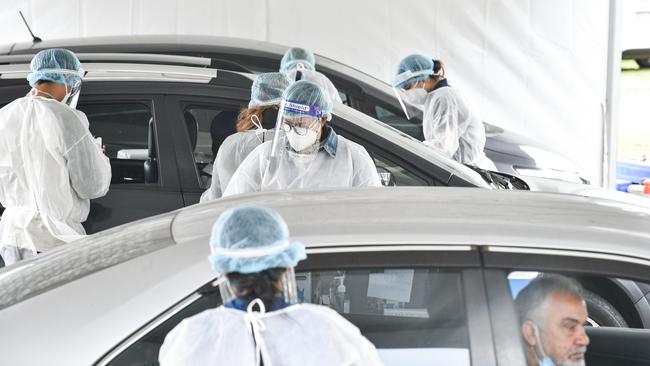
“The pandemic demonstrated really clearly why a CDC body is important and we were delighted with the government’s announcement, but what’s happened since then has been puzzling,’’ Australian Medical Association president Steve Robson says. “Evidence that we’ve learned the lessons from the last pandemic would be a functional CDC, and we haven’t seen that yet. I would need to be convinced that we could cope with the next pandemic well at all.’’
Adjunct professor Terry Slevin, head of Australia’s peak body for public health, says the proposed centre should be far more advanced than it is and he doubts the necessary enabling legislation will be introduced in this government’s first term, as expected. He calls the lack of solid progress “pandemic amnesia”.
“There’s lack of certainty about the ACDC’s future and lack of clarity in relation to resources,” says Slevin, chief executive of the Public Health Association of Australia. “There’s still people wondering whether it will become a reality.”
Robson agrees. “It’s crunch time. I’m sceptical that this can be delivered by the government as promised, in the timeframe as promised,” he says.
In the wash-up from the Covid-19 pandemic many health and science groups – from the Australasian Epidemiological Association and the Doherty Institute to the Australian Nursing and Midwifery Federation and the Australian Academy of Science – recommended an ACDC to undertake real-time monitoring of infectious diseases, collect national data and provide expert and transparent advice to government. “It would provide for a co-ordinated national health response that gets away from individual state or territory political responses,” Robson says.
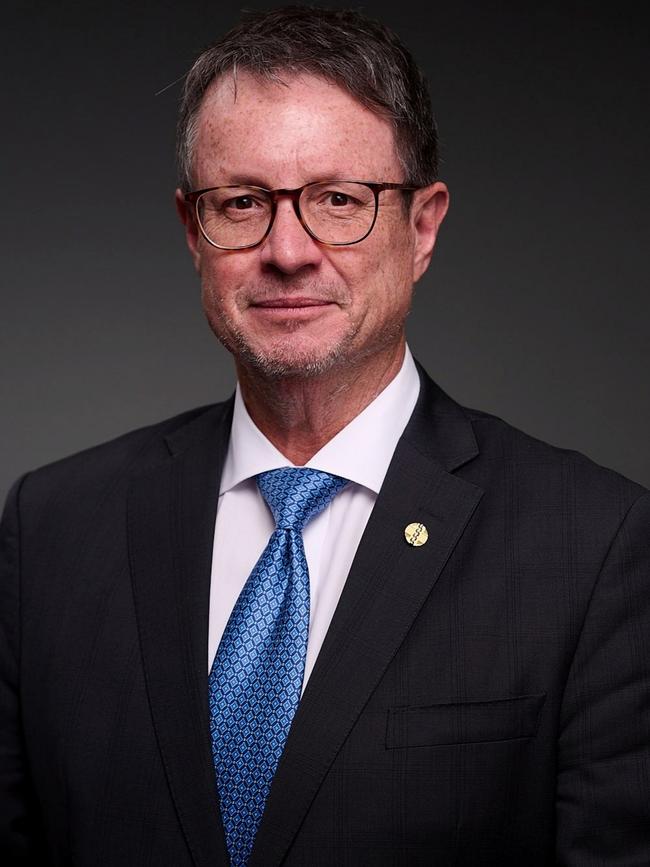
While there’s debate over the scope of the body, it has been mooted that it should not only lead the fight against infectious disease outbreaks but also solve serious shortcomings identified by several Covid reviews that found pandemic plans were not regularly updated or rigorously tested, the medical stockpile was depleted, workforce surge capacity planning was inadequate, vulnerable supply chains were exposed and data collection was fragmented.
An Australian National Audit Office report found that not only was the government’s pre-pandemic planning deficient but departmental officials were aware of these deficiencies and failed to communicate them to ministers.
“Inadequate planning meant that too many decisions during Covid-19 had to be made on the run and with limited evidence,” an independent Covid review led by former top public servant Peter Shergold found.
Importantly, under an ACDC, data produced by the states and territories would be linked and streamlined to produce real-time and transparent information used to develop policy; a twin benefit would ensure political leaders couldn’t hide behind opaque advice or modelling never produced for public scrutiny.
The new body would not override state and territory health powers, and lockdowns and restrictions still might be in the mix as measures of last resort, but the basis for these decisions could be tested against the best evidence publicly available at the time.
“If you can get meaningful information together and analyse it sooner, we’re all better off for that,” says infectious diseases expert Peter Collignon, a critic of some of the harsher Covid restrictions, particularly limiting outdoor activity, closing schools and isolating people in aged care for long periods. “Some of the things that we did were absolutely stupid,” he says. “There are things we should not do again.”
Collignon is a supporter of an ACDC but warns it needs buy-in from the states and shouldn’t be burdened with unrealistic expectations.
Two major reports on Australia’s Covid response – by a Senate select committee and the philanthropically funded independent review led by Peter Shergold, a former secretary of the Department of the Prime Minister and Cabinet – also strongly recommended an ACDC.
“It should be independent and apolitical in its staffing appointments. It should be data-driven and have complete access to federal, state and territory government datasets,” the Shergold report says, outlining a hypothetical sketch of how it would work in future pandemics, operating as an early warning system to global outbreaks, providing advice to national cabinet and implementing uniform tracking, tracing, testing and quarantine capabilities.
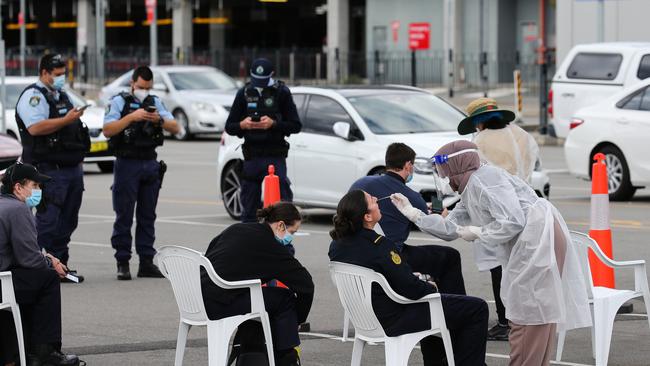
Health Minister Mark Butler said in 2022 that the government was “delivering on its election commitment to establish a world-class Centre for Disease Control within its first term in office”.
The government allocated $90m to the effort in the 2023-24 budget but nothing further in last May’s budget, putting proponents on alert that resolve might be wavering, the sense of urgency waning. The announcement of an interim CDC in January, headed by chief medical officer Paul Kelly and embedded in the Department of Health and Aged Care, temporarily mollified supporters but it has been slow going since then, they say.
“There doesn’t seem to be a lot coming out of that office. It just seems to have disappeared into a black hole,” Robson says.
Slevin agrees: “So far it’s pretty modest.’’ The government says it is awaiting the findings of the Covid Response Inquiry, which has now been pushed back to October 25, to inform the final design. “There are a lot of people mystified over that decision,’’ Slevin says.
This approach has been questioned given the inquiry – headed by highly regarded public servant Robyn Kruk alongside epidemiologist Catherine Bennett and health economist Angela Jackson – fell well short of a royal commission and is focusing on the federal pandemic response, not the unilateral decisions of the states responsible for many of the decisions.
A spokesperson for Butler said the interim CDC was the first step in a phased approach to implement the government’s commitment and substantial work was already underway, including the One Health Unit to combat diseases that can spread from animals to humans and launching a national respiratory surveillance report. The government had recently convened a major exercise to test the country’s response to avian influenza.
Robson says there must be further progress after the Kruk report is released. “We would want to see very soon after the report of that inquiry detailed information about what’s planned with the ACDC, the structure, what it’s going to do, how it’s going to work and who’s going to work there,” Robson says. “There’s already been a fair bit of time to sort this out.”
Beyond the hopes and expectations invested in the yet-to-appear ACDC, Australia is making progress on another problem encountered in the Covid response: vaccination production. A review into vaccine procurement by former Department of Health secretary Jane Halton found pre-pandemic processes were not fit for purpose in an emergency.
Now, Australia’s first large-scale mRNA vaccine manufacturing facility is under construction at Monash University in Melbourne. It will be able to supply up to 100 million mRNA vaccines in a pandemic along with seasonal vaccines. CSL is building a new centre in Melbourne to produce seasonal and pandemic cell-based influenza vaccines, and in Sydney construction has started on a research and pilot manufacturing facility at Macquarie University to allow a wide range of RNA vaccines to be independently designed and tested. A new institute, the Australian Institute for Infectious Disease, involving the University of Melbourne, the Doherty Institute and Burnet Institute, is being developed in Victoria.
It’s not all bad news, Collignon says. He doesn’t share the deep pessimism over Australia’s pandemic preparedness. “We’re in a better position now than before Covid,” he says.
Many experts point out that Australia did many things right, including initially closing international borders and restricting movement while vaccines were rolled out. But we got things wrong, too, Collignon says, when decisions were based on fear over facts.
He cites the closure of schools when it was clear most young people were at low risk and mandating vaccination when strong promotion could have done the job without alienating people who were not anti-vaccination. The social and economic costs of overdoing restrictions should have been factored in much sooner, he says. That can’t be allowed to happen again.
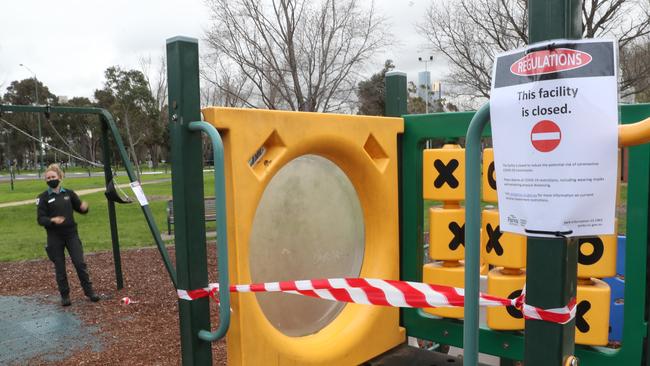
One challenge in building a centralised and co-ordinated national approach is that public health is primarily the responsibility of the states and territories. The federal government has been clear the ACDC would not undermine or replace those responsibilities and state health ministers in June reaffirmed their commitment to the national body.
“(An ACDC) will only work if the states all come together and say this is what we’re delegating and this is what we’re not, and have some co-ordinated way of doing it,” Collignon says.
Robson adds: “We understand that any overarching national body is going to have to seek to work carefully with state and territory public health authorities. No state or territory wants to give up their autonomy.”
In his submission to the Covid-19 response inquiry, former deputy chief medical officer Nick Coatsworth went further, suggesting the Biosecurity Act should be amended to give the federal government disease control powers in a biosecurity emergency. This would remove the ability of state governments to exercise their own powers or independently implement their own policy on issues such as border closures.
He and others warn that an ACDC should not become another layer of health bureaucracy.
Other countries with CDCs did not necessarily perform better than Australia, and the US Centres for Disease Control and Prevention, in particular, has admitted many failings. “The marked departure from scientific evidence and pragmatism exhibited within the United States Centres for Disease Control during Covid-19 is a cautionary tale in how a CDC can become divorced from the society it is designed to serve,” Coatsworth warned.
Experts have pointed to the European Centre for Disease Prevention and Control or the Public Health Agency of Canada as better models for Australia.
“None of these institutions is perfect. We need to learn from their experiences on what works well and what does not,” the Shergold review says.
Slevin says Australia’s ACDC could be world-leading. It should be ambitious and extend beyond infectious disease to chronic illness. “The reality is that this is a significant commitment, and it’s very important to the future health of people in Australia,” he says.
“There’s an opportunity for it to be one of the fundamentally important pieces of health infrastructure in Australia for generations to come.”
What we learned
■ Border closures and lockdowns worked as short-term crisis measures to buy time but ongoing reliance caused unnecessary suffering and economic hardship. The Shergold review found these restrictions should have been used less and only as a last resort.
■ It was apparent quite early that Covid-19 was a largely mild or asymptomatic illness in most children, the Murdoch Children’s Research Institute said. Yet the closure of schools led to immediate impacts on academic, emotional and physical development as well as mental health. “As yet the full impact of this profound disruption for society as a whole is not well understood,’’ the institute said. It recommended that schools and early childhood facilities be recognised as essential services. The Shergold review found: “It was wrong to close entire school systems, particularly once new information indicated that schools were not high-
transmission environments.”
■ Vaccine mandates should be carefully considered and used only as a last resort when uptake is low. Vaccine advice and updates were not always delivered in consistent ways, creating confusion. An expert panel found that while vaccination programs were rigorous and evidence-based, transparent and comprehensive vaccine-related adverse event monitoring was required.
■ Consistent communication is required. “There was a lack of co-ordination from the federal and state governments, with communications being inconsistent and disjointed, creating chaos across the health system and community,’’ the Australasian College for Infection Prevention and Control said.
■ Better planning and protocols were needed on quarantine and screening arrangements for returning travellers.
■ Significant weaknesses were exposed in aged care. Delays in vaccination, poor infection control, inadequate work force planning and failure to meet the social and emotional needs of residents and families during times of loneliness and end-of-life care were particularly distressing, the expert panel said. The Shergold review found: “The decision to restrict aged care residents from going to hospital when they contracted Covid-19 was a mistake that cost lives. Restrictions on visits to aged care homes, long past the end of the outbreak, caused unnecessary pain and distress.”
■ Early shortages of personal protective equipment exposed an over-reliance on offshore supply chains.
■ Greater transparency was needed. There was limited public disclosure of scientific evidence underpinning critical decisions, according to the University of NSW’s school of population health. Former health minister Greg Hunt has recommended that all states and territories should adopt a uniform national code for pandemic management. This would require restrictive measures to be based on published medical advice. He also said the states should commit not to take unilateral decisions against national cabinet decisions unless they had strong published medical advice to the contrary.
■ Government controls went too far. The Shergold review found “too many instances” where government regulations and their enforcement went beyond what was required to control the spread of the virus, even when based on information available at the time. “Such overreach undermined public trust and confidence in the institutions that are vital to effective crisis response.”
■ National health data is fragmented and not readily available to guide decision-making. The division of responsibilities between different levels of government impeded the pandemic response, the Royal Australasian College of Physicians said. “While national cabinet was a positive response that mitigated some of these issues it could not overcome the entrenched structural divisions in the health system and jurisdictional variations,’’ it said.
■ Economic supports were not applied fairly, according to the Shergold review. It found that “excluding migrants and international students from economic supports put people in danger … It has contributed to the labour force challenges we face today. Failing to include a claw-back mechanism for businesses supported by JobKeeper was a design fault.”


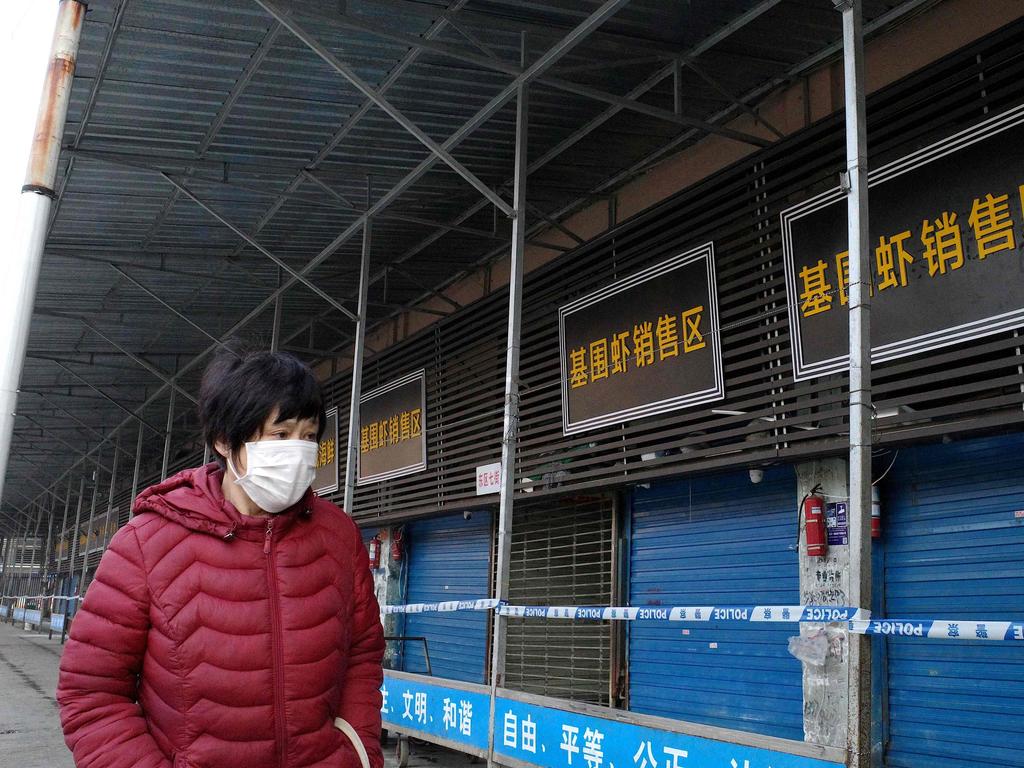





Melbourne was nearing the end of its first 100 days of strict lockdowns and premiers were cautiously planning to loosen border controls in October 2020 when federal opposition leader Anthony Albanese made a significant pledge to protect the country in future pandemics.